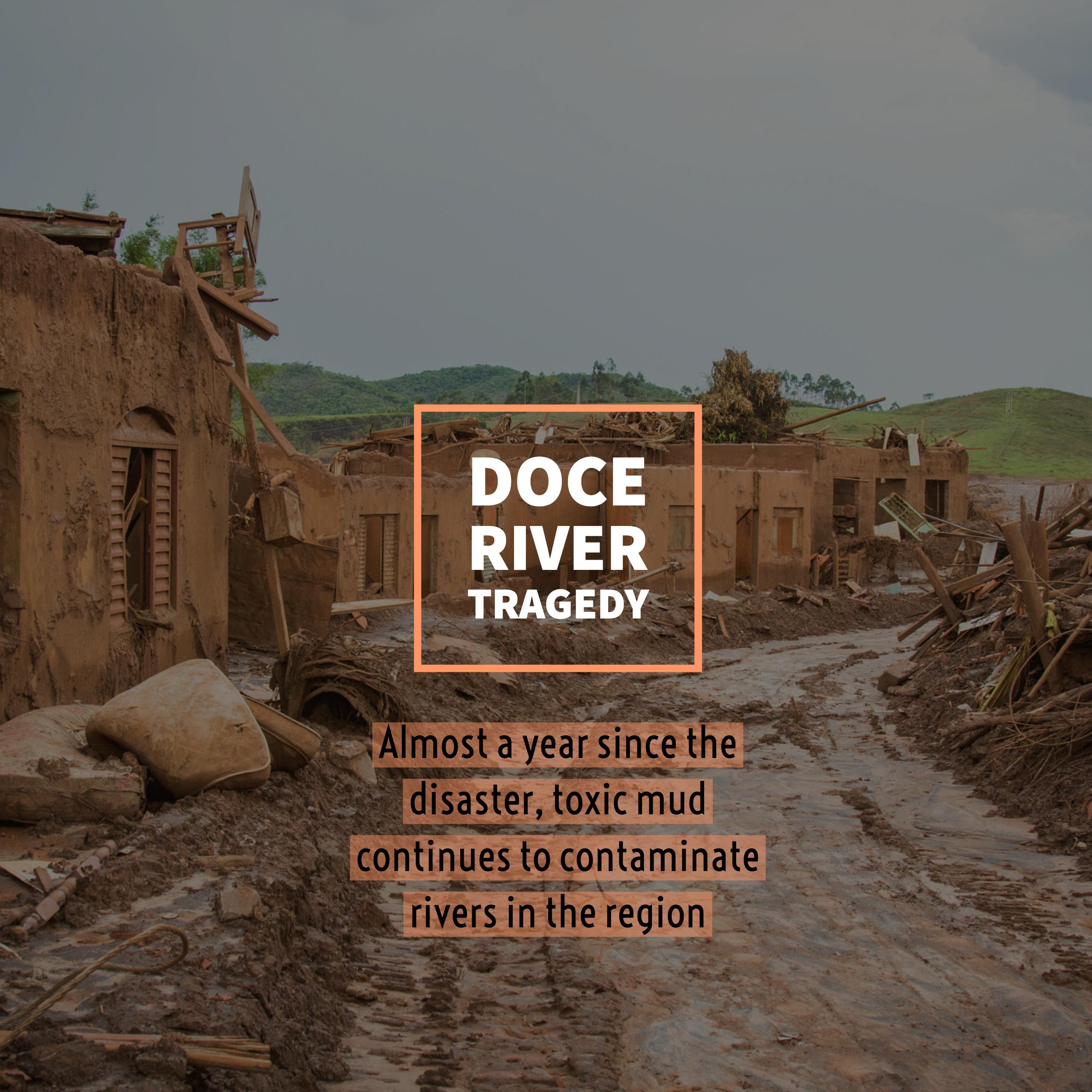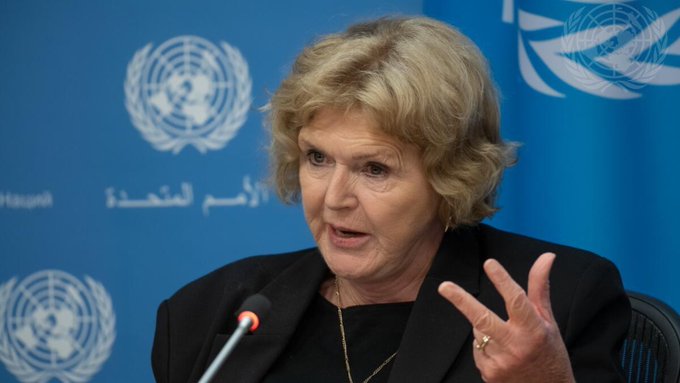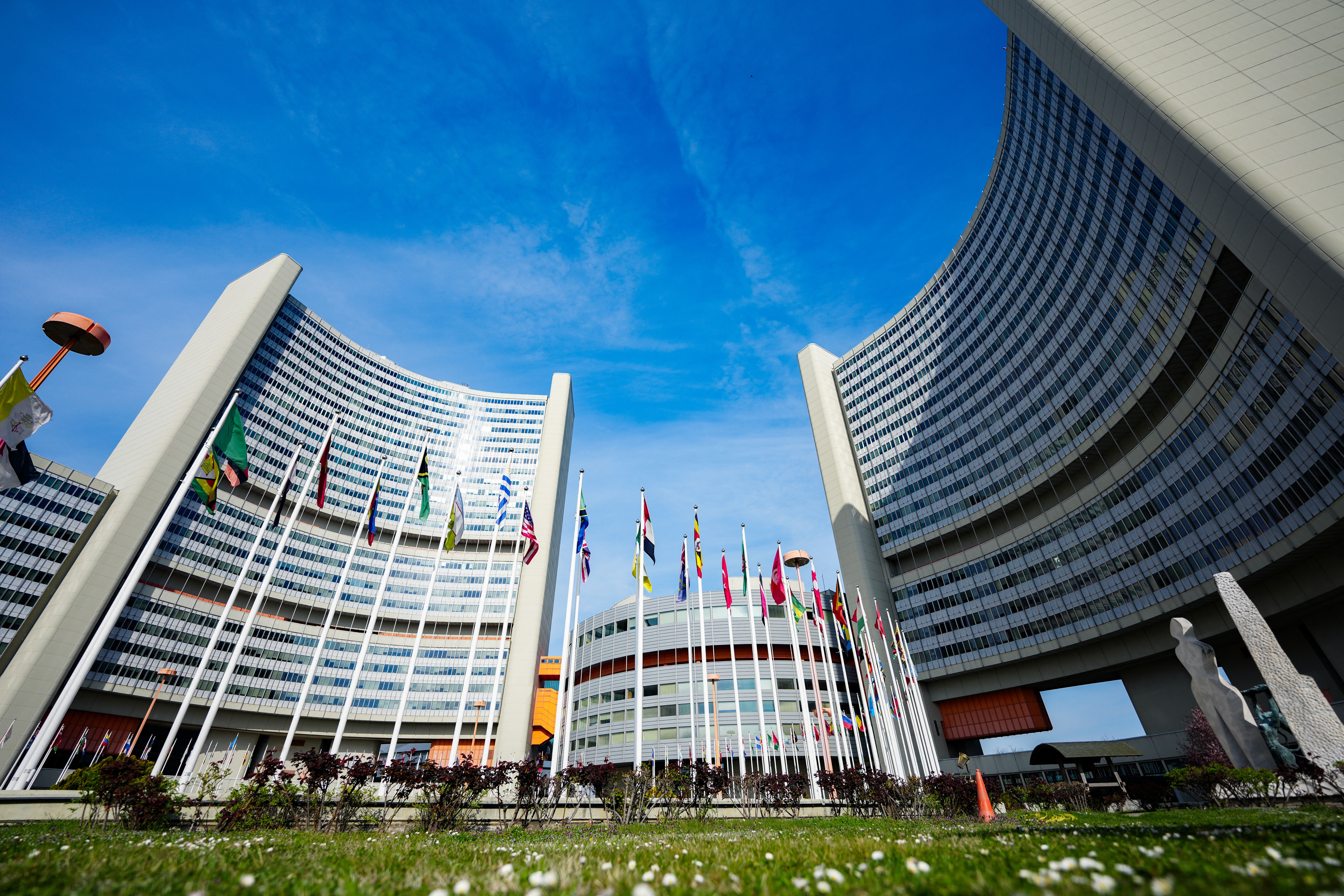Doce River :: Contaminated water
A year after the tragedy, Samarco fails to guarantee water quality in affected towns and communities

On November 5, it will be a year since Brazil’s worst ever environmental disaster: the bursting of the Fundão waste dam in the historic town of Mariana, in the state of Minas Gerais. The accident unleashed a wave of 32 million cubic meters of toxic mud, full of heavy metals, that left a trail of devastation along its 700 kilometers journey to the sea, on the Espírito Santo state coast.
The tragedy claimed 19 lives, left hundreds of people homeless, contaminated the Gualaxo do Norte, Carmo and Doce rivers and caused environmental damage on a scale still not fully comprehended. According to the Federal Prosecutor’s Office, the material cost of the tragedy could reach R$155 billion.
Since the accident, little has been done to compensate the residents of the affected towns and villages. Thousands of people who suffered from the tragedy are still waiting for restitution for material and non-material damages, especially fishermen, small farmers and the Krenak indigenous people, who lost their livelihood as a result of the contamination of the river.
One good example of this inaction is the quality of the water in the Doce river and its potential health implications. The mining company Samarco has been unable to stop the leak and toxic sludge continues to spill into rivers in the region, worsening the contamination.
A few weeks after the bursting of the dam, two UN independent experts called on the Brazilian authorities and the companies involved to stop their defensive posturing and measure the toxicity of the water contaminated by the waste. Not long afterwards, the UN Special Rapporteur on the right to safe drinking water, Leo Heller, urged the Brazilian government to guarantee access to information on the quality of the water.
For two weeks, Samarco was required to distribute drinking water to the towns and regions where supply had been cut off or where the quality had been compromised by high levels of heavy metals. The distribution, however, was disorganized and people had to wait in line for up to three hours. Neither was it suitably planned to provide water to vulnerable groups, such as the elderly, sick people and residents of outlying areas – which constitutes discrimination and violates the human right to water.
Independent reports continue to confirm that river water and tap water in the region contains levels of zinc, arsenic, lead, cadmium and mercury above the limits permitted by law.
All these metals can cause serious health problems if they are consumed, such as Alzheimer’s, Parkinson’s and osteoporosis. The turbidity of the water has also kept visitors away from towns that depend on tourism for revenue, such as the case of Linhares, in the state of Espírito Santo.
Click to see the activities that are being planned by MAB (Movement of People Affected by Dams) and by the Capixaba Forum for the one year anniversary of the tragedy.


